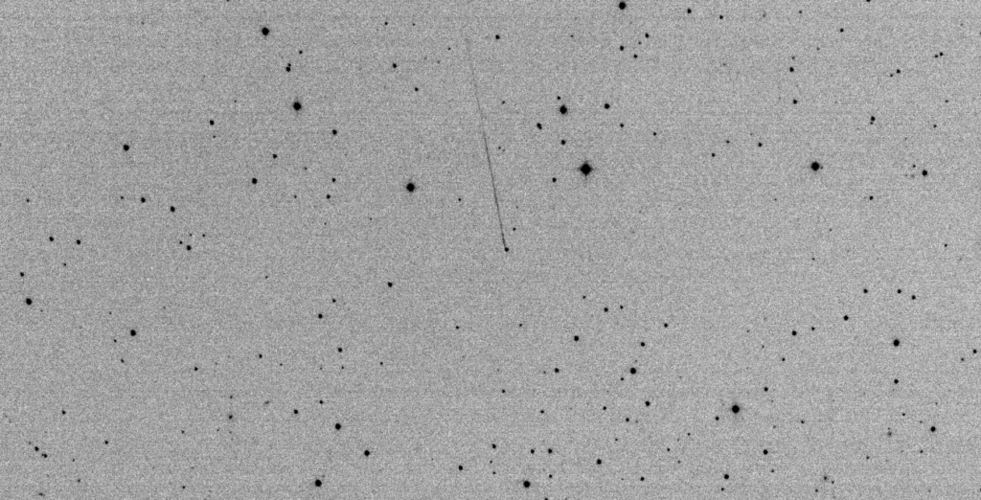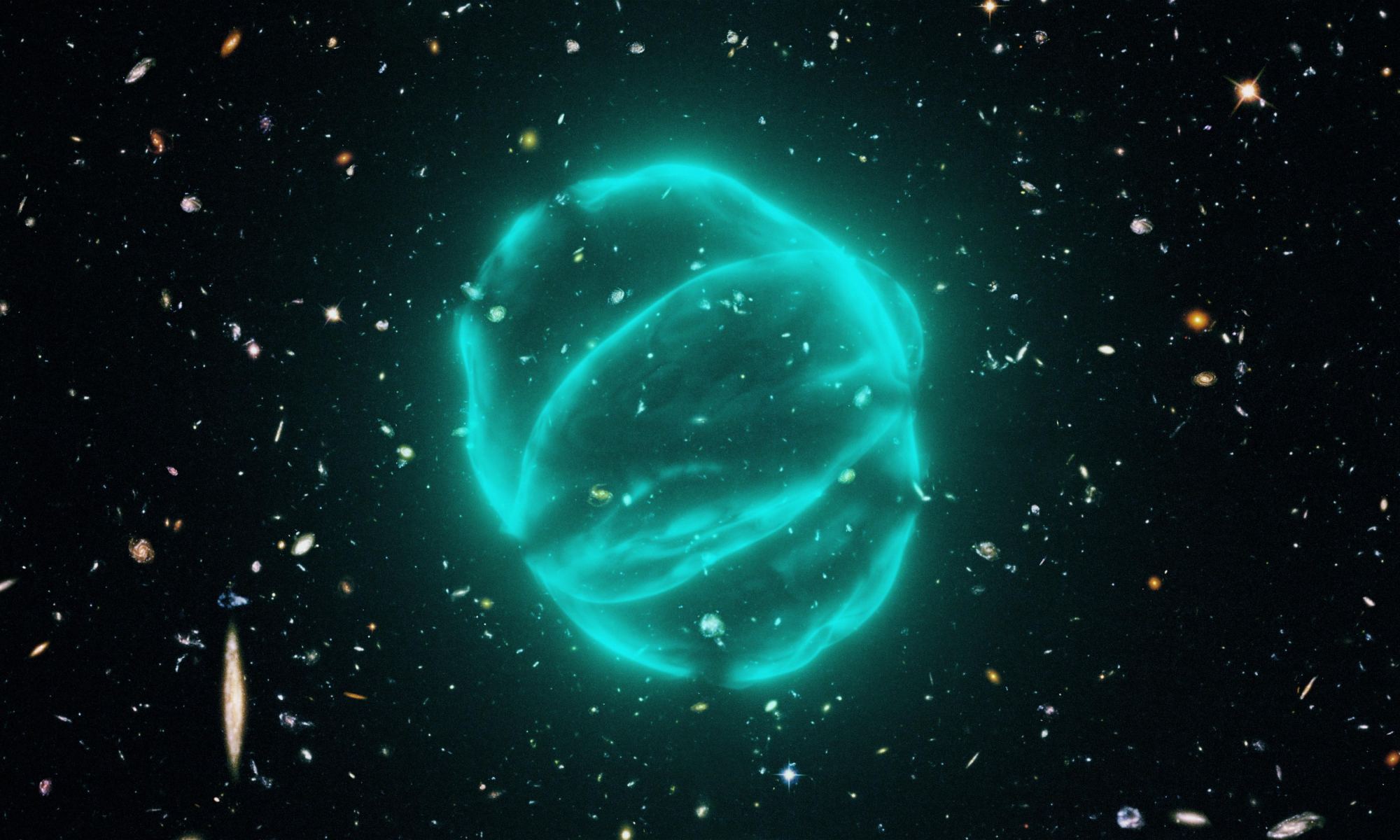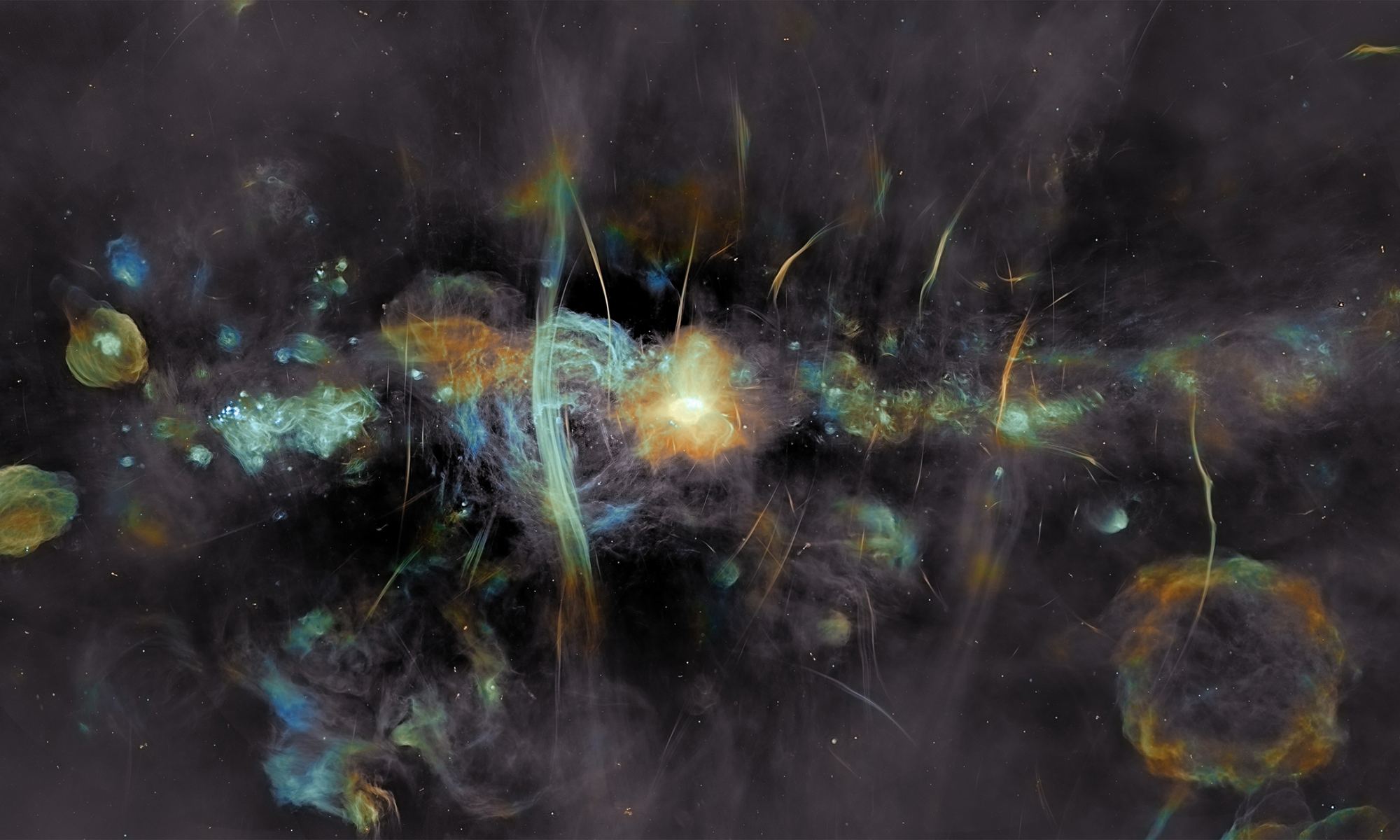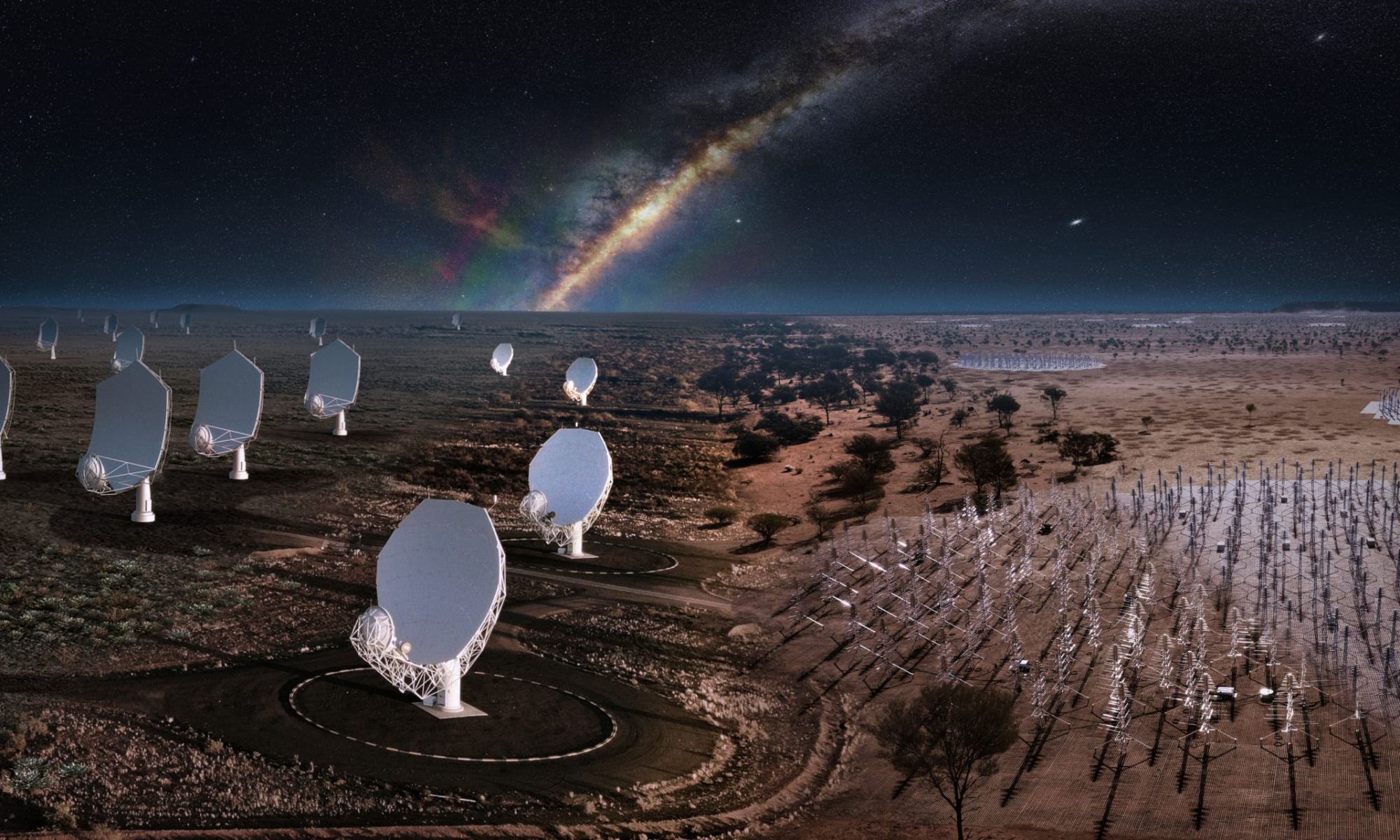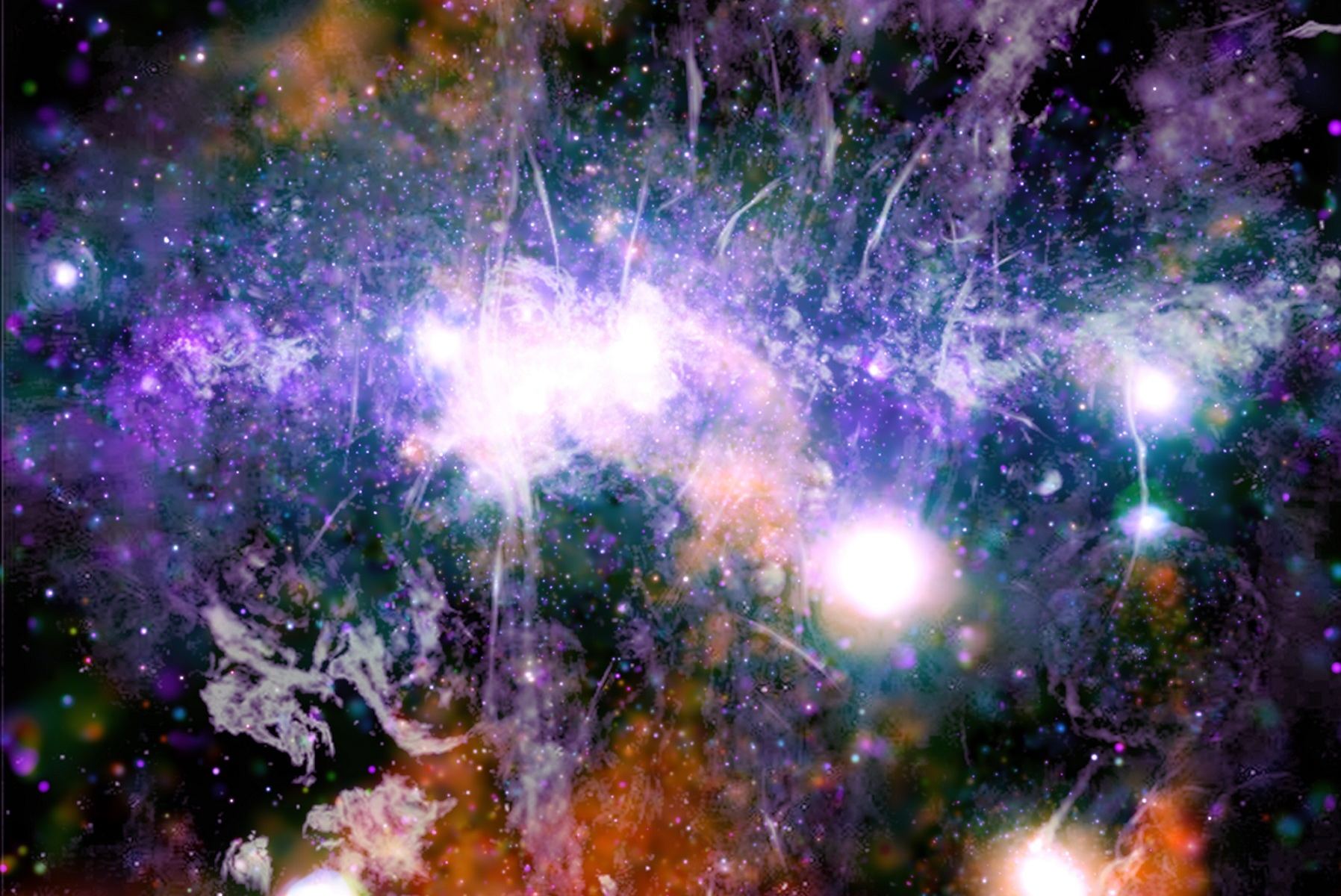In Australia and South Africa, there are a series of radio telescopes that will be soon joined by a number of newly-constructed facilities to form the Square Kilometer Array (SKA). Once established, the SKA will have a collecting area that measures a million square meters (close to 2 million square yards). It will also be 50 times more sensitive than any radio telescope currently in operation, and be able to conduct surveys ten thousand times faster.
During a historic meeting that took place on June 29th, 2021, the member states that make up the SKAO Council voted to commence construction. By the late 2020s, when it’s expected to gather its first light, the array will consist of thousands of dishes and up to a million low-frequency antennas. These will enable it to conduct all kinds of scientific operations, from scanning the earliest periods in the Universe to searching for extraterrestrial intelligence (SETI).
Continue reading “The Square Kilometer Array has Gotten the Official Green Light to Begin Construction”



